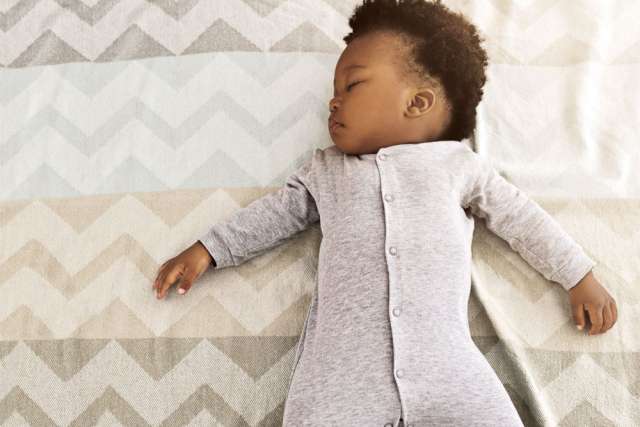Keeping children safe is a parent’s top priority. For the first year of life that includes taking precautions to prevent sudden infant death syndrome (SIDS), which is the leading cause of mortality in babies ages 1 month to 1 year. As babies grow into toddlers, new safety concerns arise. Leian Chen, MD, a UCLA pediatrician in Marina del Rey, and Mridula Watt, MD, a UCLA pediatrician and internal medicine physician in Beverly Hills, discuss safety issues and provide suggestions for making bedtime safe.
What steps do you advise for keeping newborns and babies safe as they sleep?
The American Academy of Pediatrics (AAP) has clear, evidence-based recommendations for reducing the risk of SIDS in infants. “The most important thing during the first year of life is to put babies to sleep on their backs,” Dr. Chen says. “Babies should have their own safe sleep space in a crib, bassinet or play yard, on a firm mattress covered with a tight-fitted sheet.” She adds that items such as pillows, blankets, bumper pads and stuffed toys pose a risk of suffocation and do not belong in the crib. Other safety recommendations include parents sharing a room (but not sharing a bed) with their baby for the first six-to-12 months, breast feeding and not exposing the baby to anyone who smokes to help reduce the risk of SIDS.
When is it time to transition out of the crib, and what strategies can help make that a smooth process?
Families generally transition from a crib to a bed when the baby is 18 months to 3 years old. “When the baby begins to climb, it’s time to make the switch,” Dr. Watt says. To ease the transition, “talk it up and make it exciting. Perhaps let the child choose their new bedding.” Like any transition, consistency is key. “Carry on the bedtime ritual you started when your baby was in the crib. Some children transition easily, but others wake up frequently and come to their parents’ bedroom. If parents want toddlers to sleep in their own beds, they need to walk them back to bed consistently.”
What are other safety precautions?
“Make sure the crib, bassinet, play yard and mattress conform to Consumer Product Safety Commission safety standards,” Dr. Chen says. “Babyproof ever y thing within climbing reach ; anchor furniture that could topple, tie up window cords, double lock the windows, cover electrical cords and outlets , and remove small objects that could be choking hazards.” The “At Home” section of the American Academy of Pediatricians’ website for parents, healthychildren.org, has an exhaustive list of home babyproofing measures.
What else helps with bedtime?
Bedtime routines help to promote healthy sleep habits, Dr. Watt says. “Start a routine that signals bedtime is coming. It can be short, like a quick song, or it can be longer, like a bath, feeding and a book — as long as it is consistent.” Even so, parents should expect that their toddlers will experience sleep setbacks when developmental leaps occur or during transitions such as starting preschool or welcoming a sibling, Dr. Chen notes. “When parents have questions or concerns about bedtime and safety, pediatricians are happy to offer guidance,” she adds.


